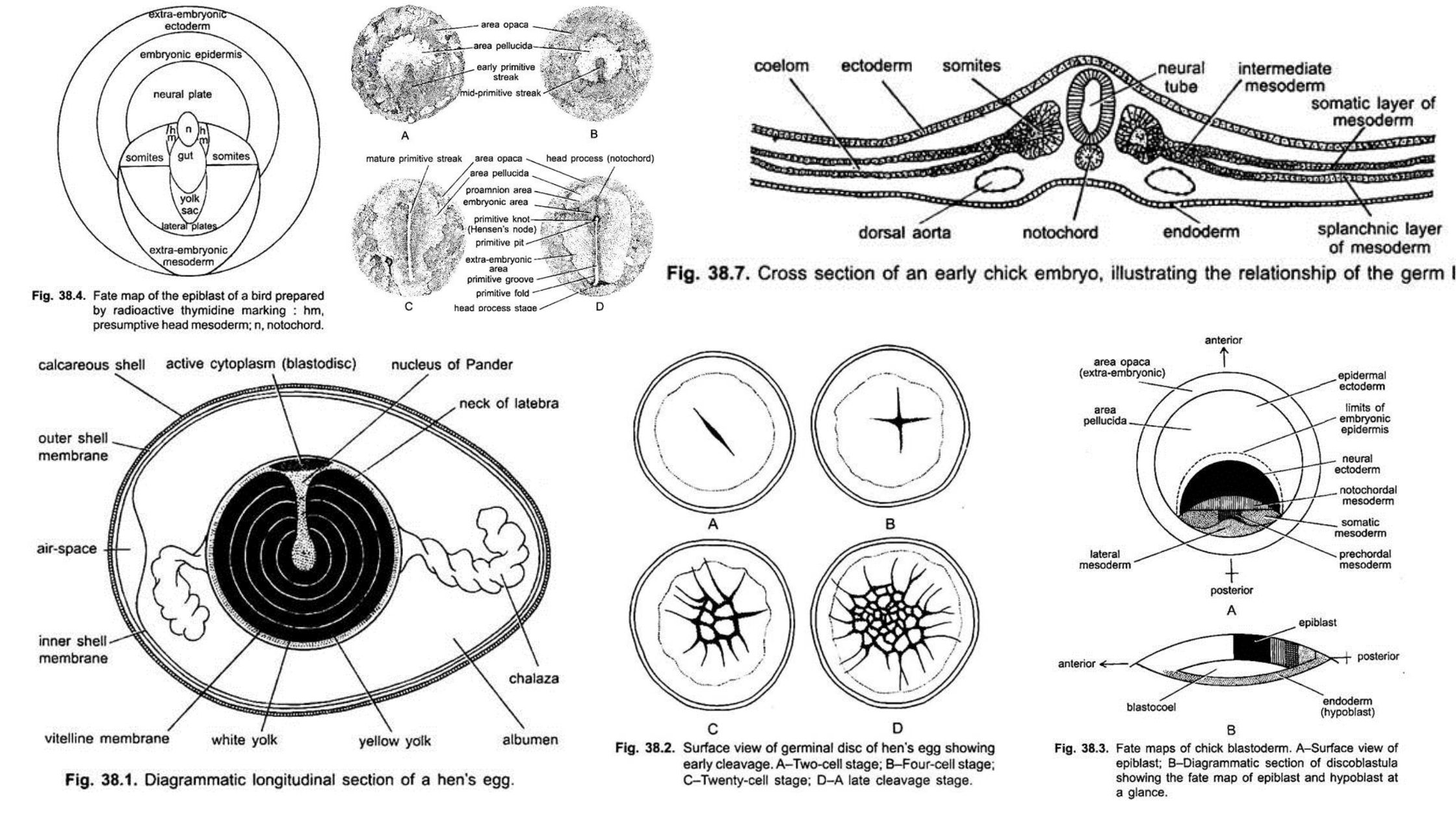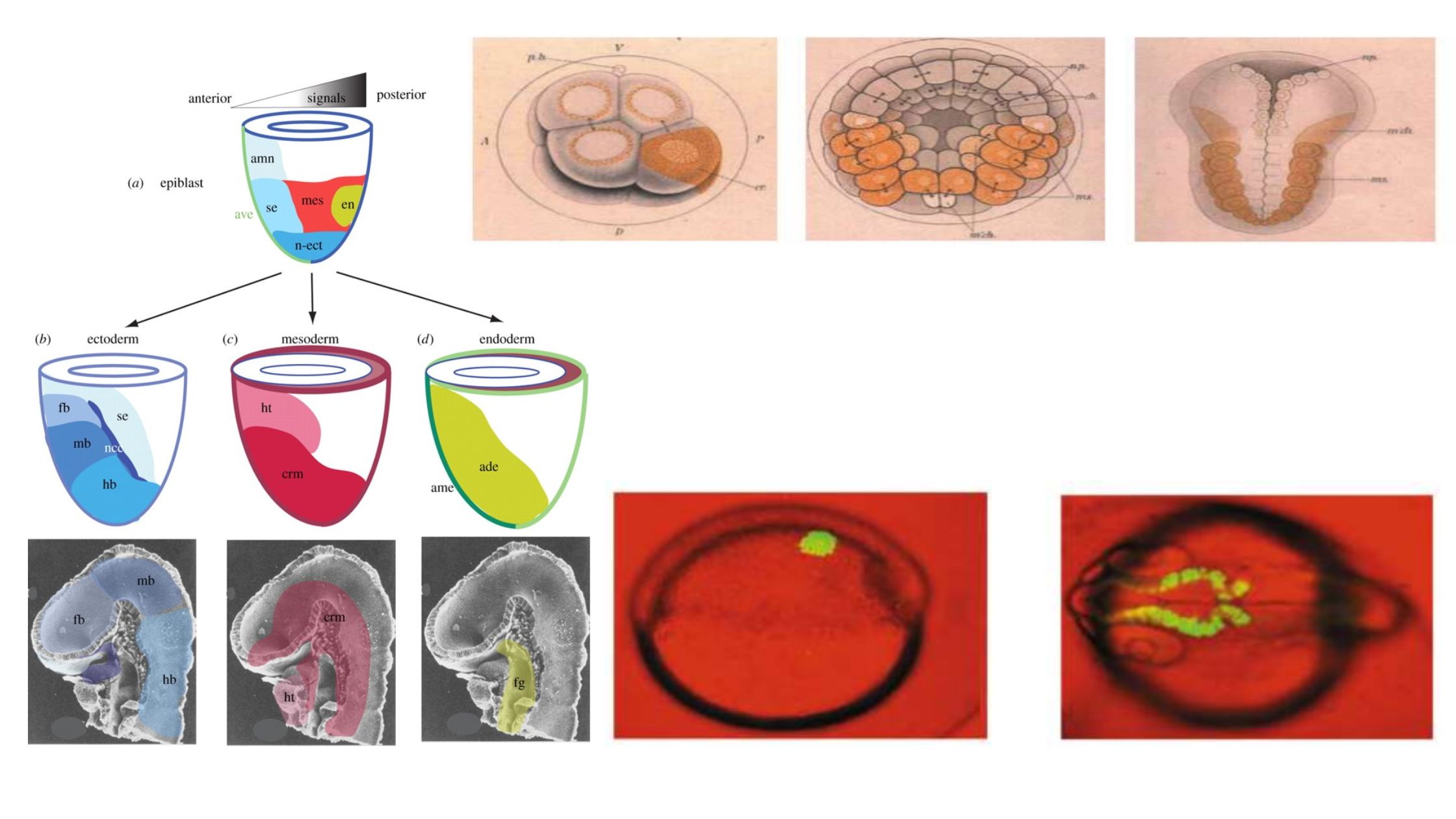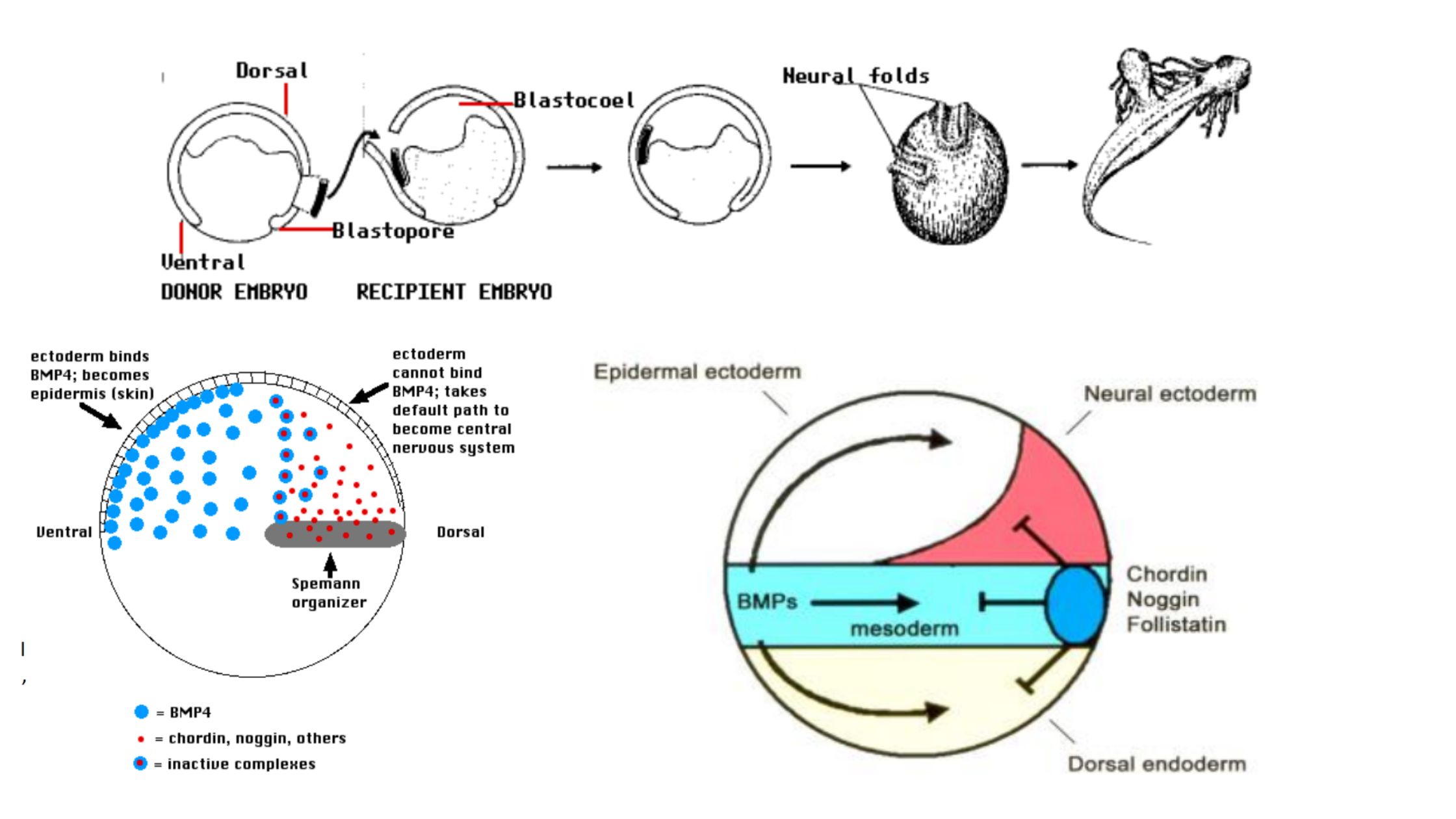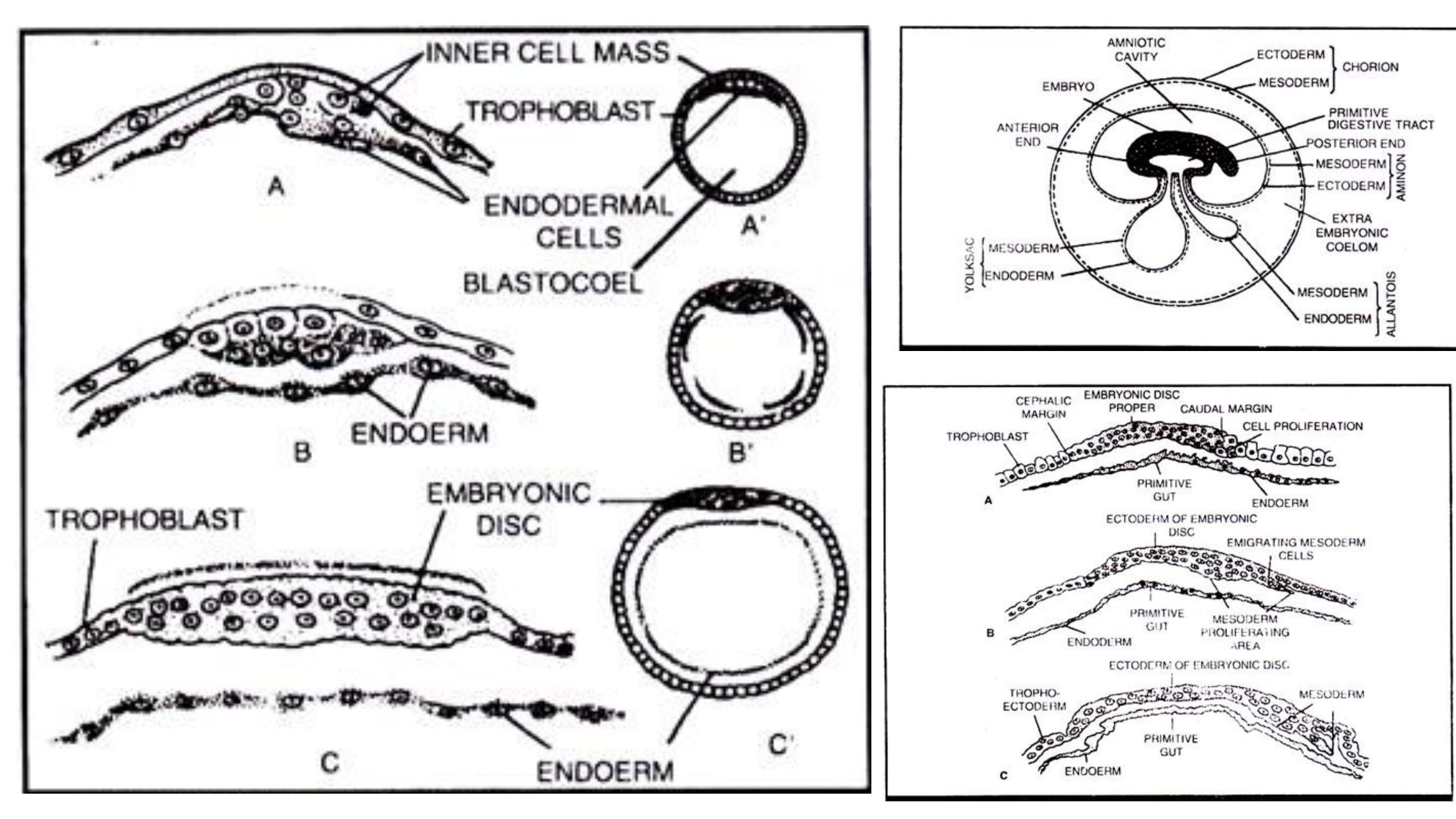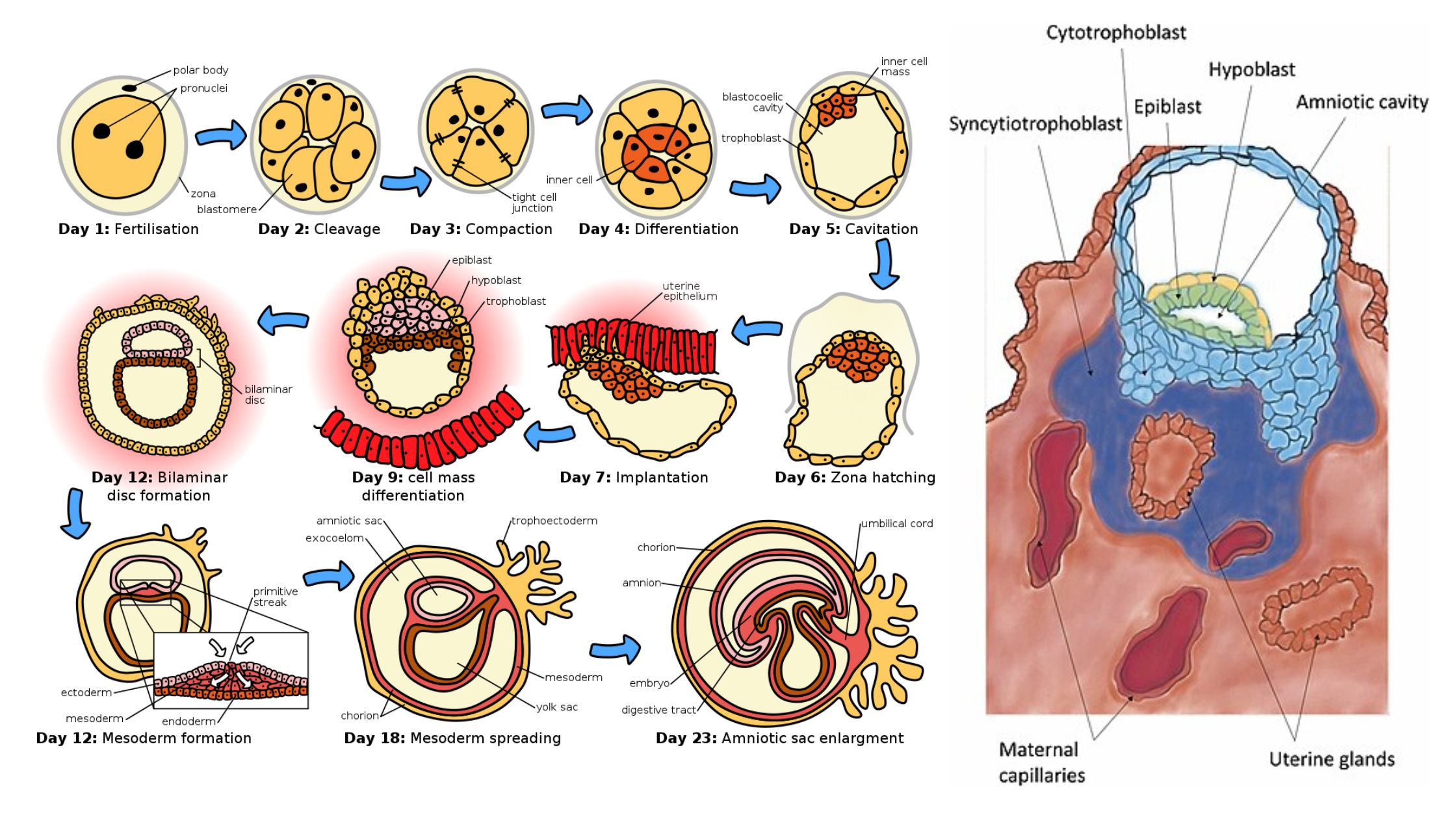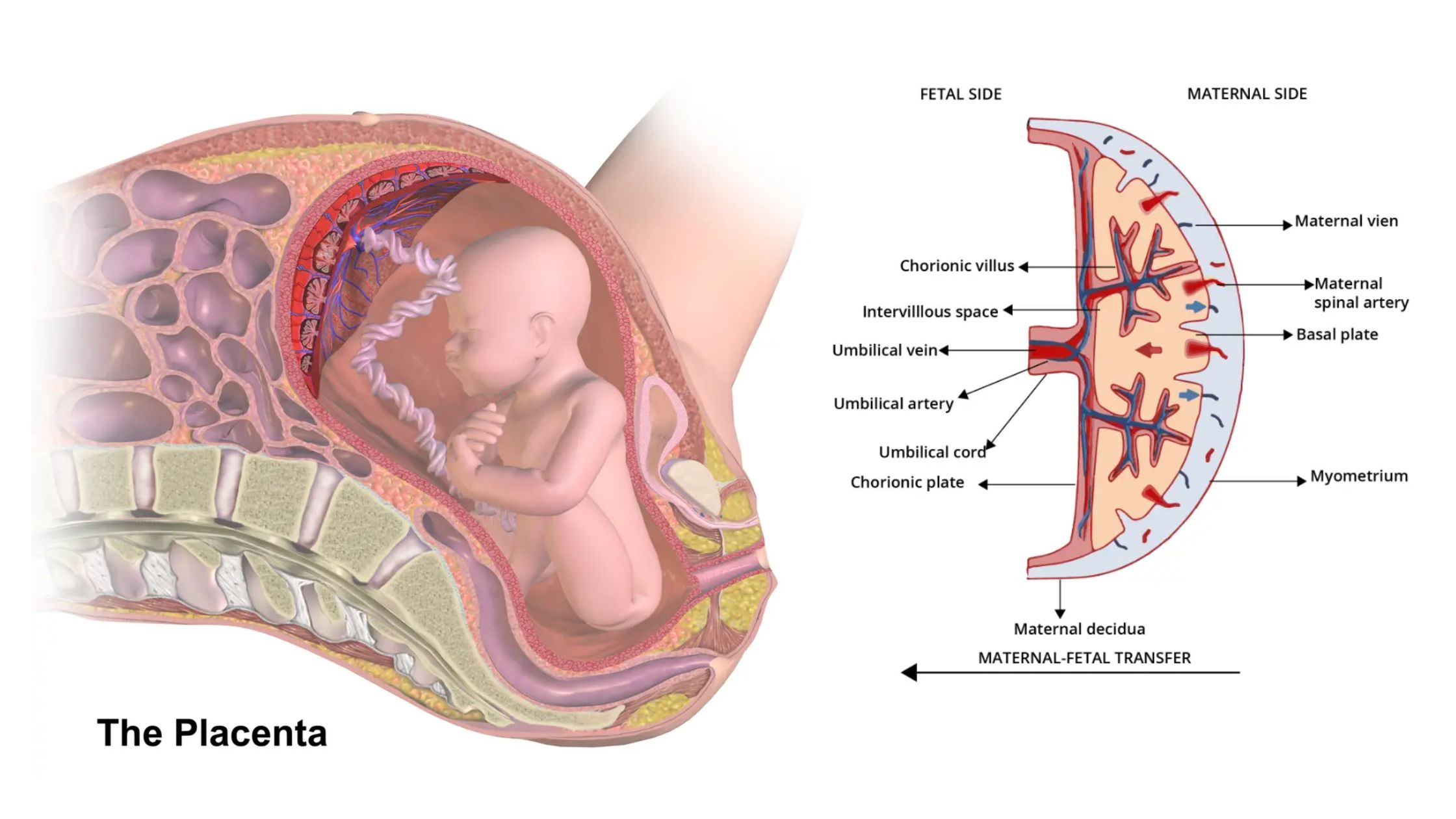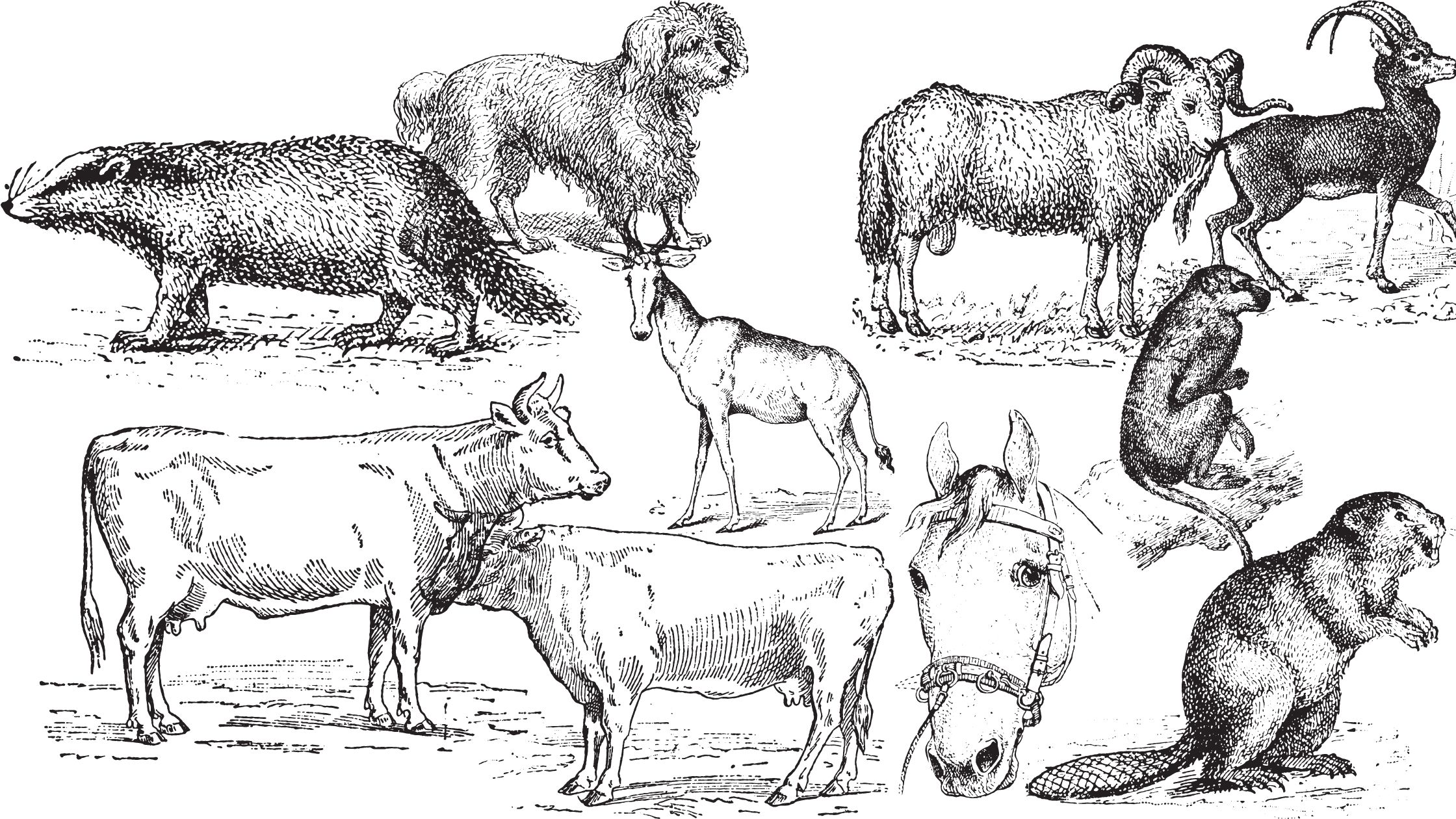Stages in Chick Embryo Development
The development of a chick embryo from a freshly laid hen’s egg involves various stages and intricate processes. Let’s explore the initial stages of chick embryo development based on the provided information: The hen’s egg, when laid, is relatively large, measuring about 3cm in diameter and 5cm in length. It is considered a macrolecithal egg … Read more
